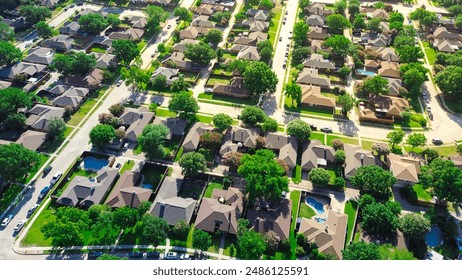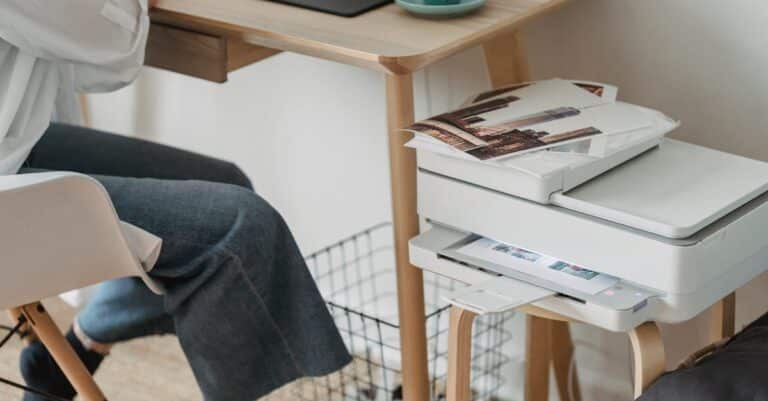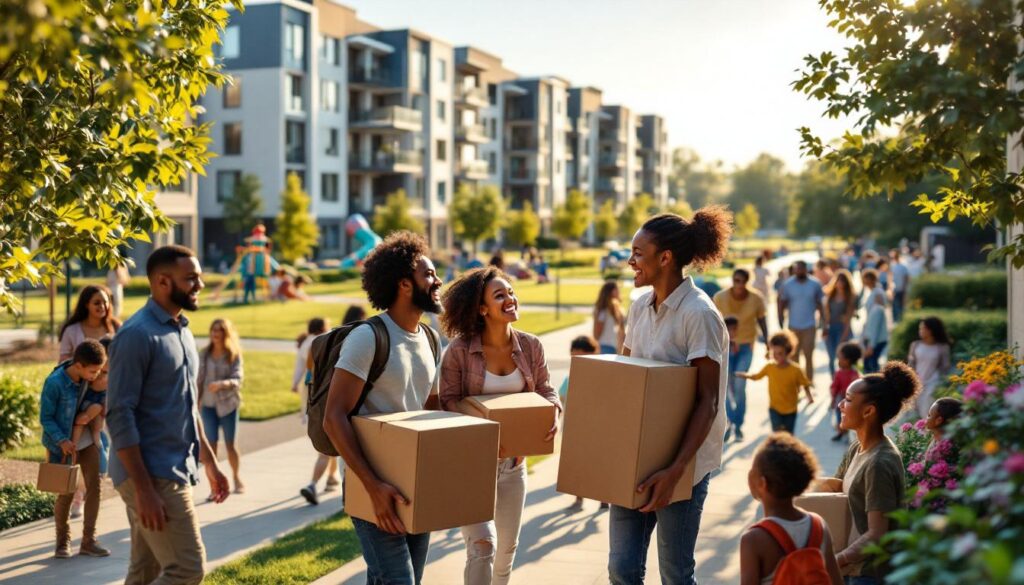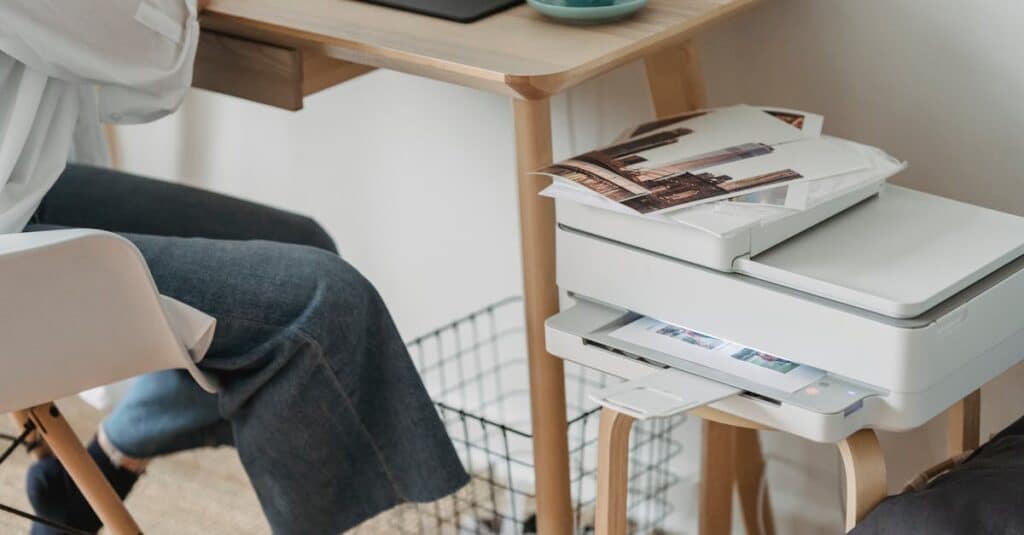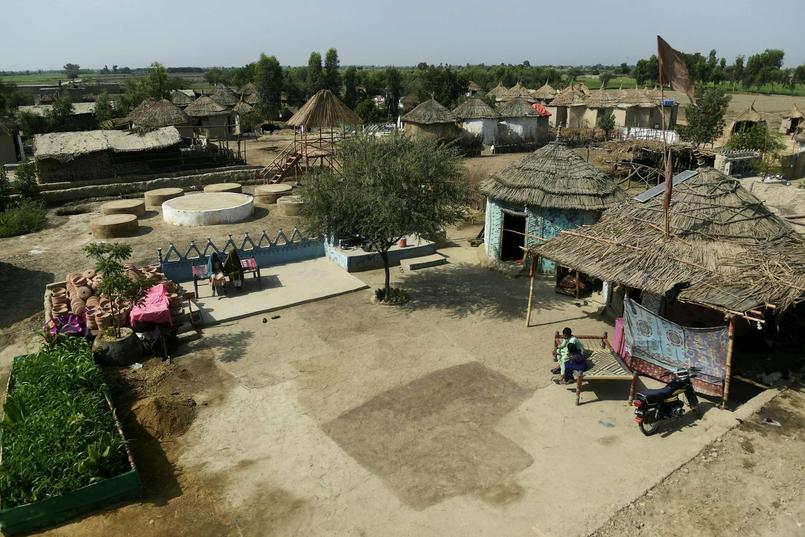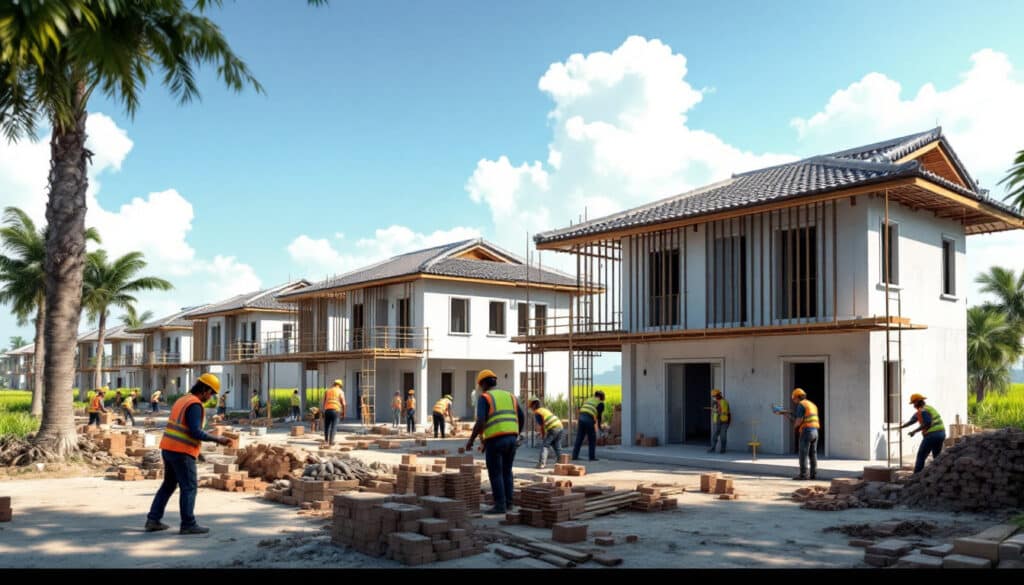Imagine an entire neighborhood, designed through the magic of 3D printing, where each home is unique, durable and affordable. A bold project is emerging in Texas, promising to reinvent our vision of housing. This revolutionary district not only redefines architecture, it also offers innovative solutions to the housing crisis. Discover how this initiative could transform not only living spaces, but also our relationship with housing.
Table of Contents
ToggleA colorful project in Georgetown
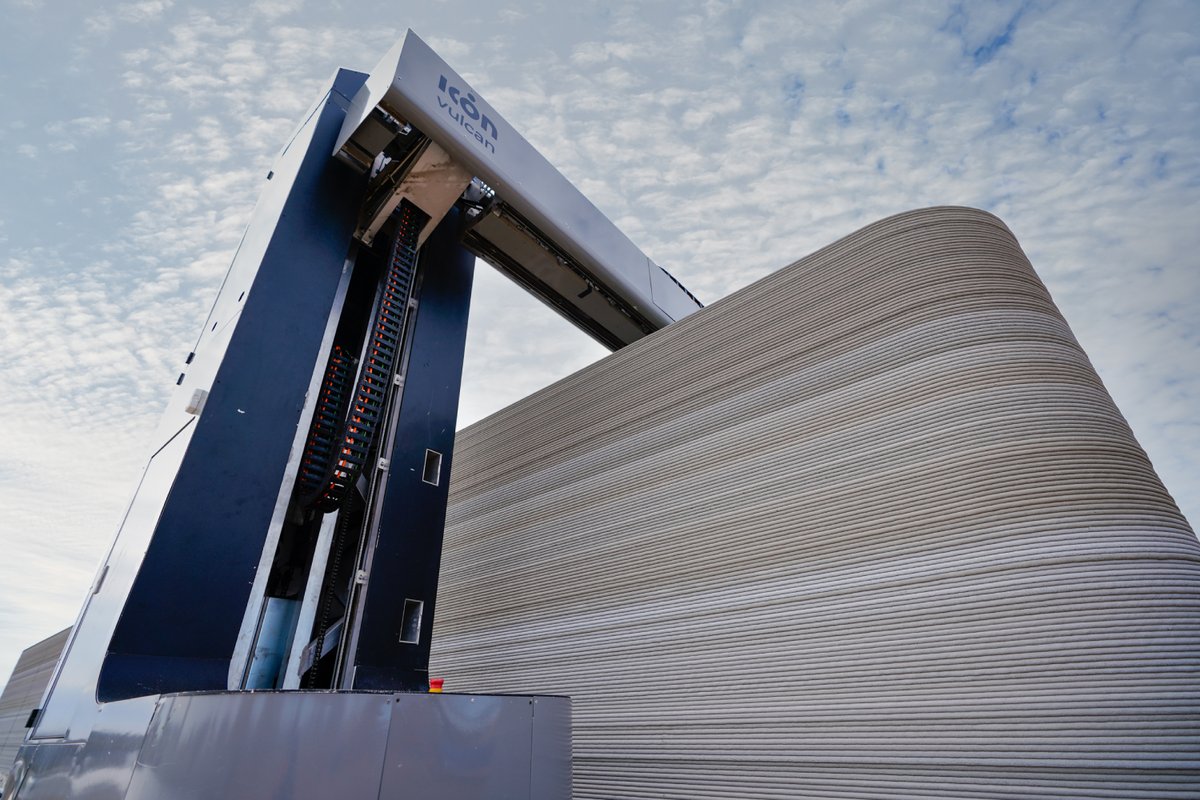
The neighborhood of Wolf Ranch, located in Texas, is poised to become the largest residential complex built using 3D printing. This ambitious project brings innovation to life and challenges the way we think about modern housing.
The magic of 3D printing
Using advanced 3D printing techniques, each Wolf Ranch home is crafted by robots which add layers of concrete with incredible precision. This process saves time and reduces material waste, thus offering an ecological solution for construction.
A futuristic community already inhabited
While most houses are still under construction, the first residents are starting to settle in. With eight different models, ranging from 146 square meters for $430,000, this community attracts people looking for affordable and sustainable housing.
Innovative features
The homes are not only functional but also designed to be energy efficient. Here are some of their characteristics:
- Ribbed concrete facades with a metal roof
- Integrated solar panels for renewable energy
- Fast construction with less environmental impact
Future outlook
Wolf Ranch is just one part of the vision of ICON, the company behind this project. They plan to apply the same technology to build homes on planets like the Moon and Mars. Research and engineering of future buildings takes on a whole new meaning in this quest for space colonization.
Wolf Ranch Neighborhood Benefits List
| Benefits of 3D printing | Neighborhood characteristics |
| Quick build | Sustainability and energy efficiency |
| Reduction of material waste | Various house models |
| Reduced construction costs | Integration of green technologies |
| Innovative materials | Opportunity to live in a unique community |

Débuter en impression 3D : comment choisir son logiciel de modélisation 3D ? https://t.co/7A8VSgk9fS #CATIA #3Dprinting #software
— CATIA (@3DSCATIA) July 19, 2024

